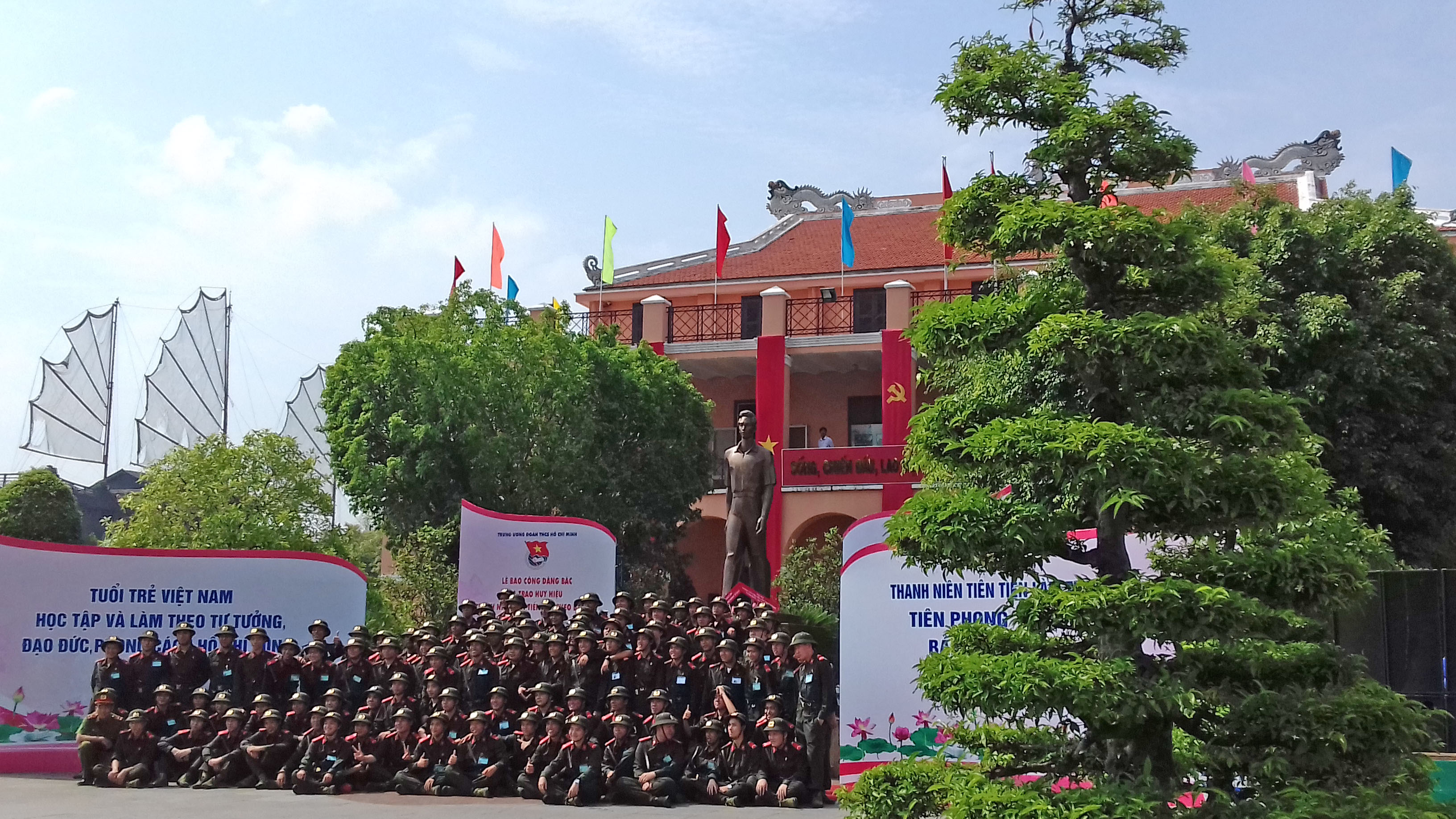 |
| 112 years ago, on June 5, 1911 at Nha Rong Wharf, young man Nguyen Tat Thanh boarded the ship Admiral Latouche-Tréville to find a way to save the country. |
(VLO) In 2022, across countries on many continents and nations, there were 35 works and monuments associated with the places, cities, and lands that he experienced during his 30-year journey to find a way to save the country.
Accordingly, since the morning of June 5, 1911, when he said goodbye to Saigon, on the ship Admiral Latouche-Tréville, at Saigon port, he then boarded many other ships, which brought him to revolutionary movements, countries, and territories of the 4 seas, 5 continents.
A rare journey in the early 20th century
Saigon was honored to be the place to see him off that year. Professor Tran Van Giau later commented, “If Saigon was not the place that suggested it, it was the place that decisively decided Uncle Ho’s attitude, so that he decided to go to France and Western countries, not to the East like some previous patriots.”
The journey that young man Nguyen Tat Thanh began on his journey around the world, to the working people of France and many other countries, especially the countries in the French colonial system in many countries in Asia, Africa, Latin America...
Years of activity in France (1911), then through a series of countries in Africa (late 1911-1912), to the United States (December 1912), to England (1914-1917) and many other French colonies (1917-1918).
When World War I broke out (1914-1918), young Nguyen Tat Thanh returned to France and joined the French Socialist Party.
In France, with living conditions at that time having many difficulties, but with the jobs he did himself, from developing photos, drawing pictures, decorating Chinese antiques and then drawing signs..., he overcame everything to pursue his revolutionary path.
The journey of young man Nguyen Tat Thanh was shared, supported and encouraged by friends to write articles for newspapers.
And he was determined to learn how to write newspapers proficiently, using the press as a new weapon for revolutionary activities to seek freedom for his people - when his beloved country had been immersed in more than 50 years of slavery and misery.
The long journey of 30 years, after leaving France, England, America,... He participated in many workers' movement activities in America, England, France and many European countries, America,... to find and come to Lenin's "First draft of theses on the national and colonial questions".
After many years, a major turning point event was on February 3, 1930 in Hong Kong, he founded the Communist Party of Vietnam - a shining milestone of our nation, a great turning point of the Vietnamese Revolution.
In March 1930, he went to Siam and Malaysia to carry out some work, contributing to the development of the revolutionary movement there.
In early May 1930, he returned to Shanghai; at this time, he lived at 186 Tam Kung Street, Kowloon - Hong Kong, and that place became the secret liaison headquarters between Nguyen Ai Quoc and a number of comrades.
Under the name on his identity card as Tong Van So, on June 6, 1931, he was arrested by the Hong Kong authorities in coordination with British and French secret police.
Nearly 2 years in prison, 1 year without contact with the organization and worries about the revolutionary movement in the country.
However, thanks to the defense and dedicated help of lawyer Frank Loseby and his friends, Tong Van So was released on December 28, 1932.
At this time, from Hong Kong, he went to Xiamen, around July 1933 from Xiamen he took a ship back to Shanghai.
For 30 years, he endured many hardships, including torture, when the British Empire colluded with France, allowing Chiang Kai-shek to convict him and Truong Phat Khue - Commander of the Kuomintang arrested him from August 27, 1942 and he was released on September 10, 1943.
All of this further fueled his heart, determined to find a way to save the nation.
30 years later, he returned to his people.
On the second day of Tet 1941, he returned to the country at milestone 108, Cao Bang province to directly lead the struggle for independence for the revolution.
In Cao Bang, he chaired the 8th Central Conference from May 10-19, 1941 and determined: "At this time, the interests of the sector and the class must be placed under the life and death, survival of the nation and the people.
At this time, if we do not solve the problem of national liberation and demand independence and freedom for the entire nation, not only will the entire nation continue to suffer the fate of slaves, but the interests of individual and class groups will not be regained for thousands of years.
At his suggestion, at the 8th Central Conference, it was decided to establish the "Vietnam Independence League Front", abbreviated as Viet Minh - this was a very important starting point for the scientific Great Unity ideology in the Vietnamese revolutionary movement, during which he spent 30 years searching for the truth about the path to save the country and save the people.
At this conference, the Party Central Committee elected comrade Truong Chinh as the Party General Secretary. After the conference, the Central Committee quickly implemented the resolution, built the Viet Minh, launched a very widespread revolutionary movement from many provinces of Viet Bac, and prepared for an uprising to seize power.
Then, on June 6, 1941, he wrote a letter to the people of the whole country. He mentioned the miserable situation of the people under the rule of French colonialism and Japanese fascism; he praised the heroic examples in the struggle for independence and freedom.
However, the great work has not been accomplished because “the opportunity is not yet ripe”. He stated clearly: “At this time, the interests of national liberation are above all else. We must unite to overthrow the imperialists and the Vietnamese traitors to save our race from the boiling water and fire”...
He pointed out that at present, to fight the French and Japanese, we only need one thing: "The whole people unite... national salvation is a common task; everyone who is Vietnamese must shoulder part of the responsibility." At the end of the letter, he called on all people: "Revolutionary soldiers! The flag of liberation has arrived.
Let's raise high the flag of independence and lead the people to defeat the common enemy!
The 8th Central Conference was of great significance, deciding on important tasks in preparing the Party's armed uprising plan.
Regarding the method of implementation, the idea of partial uprisings leading to a general uprising was clearly shown in Resolution 8 of the Central Committee, to gain victory in each region, each area, and to advance to the whole country.
Under the Viet Minh flag, preparations for a general uprising to seize power were made quickly as time was ripe.
At this time, in Cao Bang, the Viet Minh Front had a system from commune to provincial level, becoming a force uniting all ethnic groups, parties, and classes, together for the noble purpose of repelling the invaders.
With that drastic direction, at the end of 1942, all 9 districts in Cao Bang established national salvation associations. The Viet Minh Committee of Cao Bang and the provisional Viet Minh Committee of Cao-Bac-Lang were established.
From then on, until the August Revolution of 1945, the Great Unity ideology developed more firmly. On the afternoon of August 16, 1945, the National Congress of Representatives convened by the Viet Minh General Department opened at Tan Trao communal house, Son Duong district, Tuyen Quang province.
The Congress decided to establish the Vietnam National Liberation Committee with Ho Chi Minh as Chairman. The establishment of the Vietnam National Liberation Committee was a great progress in the history of our nation's struggle for liberation for nearly a century.
On the 112th anniversary of Uncle Ho's departure to find a way to save the country and 30 years after he returned to his roots at Pac Bo, our Party has built the Viet Minh Front, proposed many correct tactics and strategies, and continued to fight for independence and freedom.
From Pac Bo, He and our entire Party outlined the most correct path for the nation, to reach independence, freedom, and prosperity.
“Our nation, our people, our country gave birth to President Ho, the great national hero and it was he who brought glory to our nation, our people, and our country.”
Ho Chi Minh is the highest symbol of National Heroism, where the 30-year journey took him to the four seas and five continents, to find the most correct path of truth that brought our entire nation to where it is today.
Master PHAM BA NHIEU
Source link
























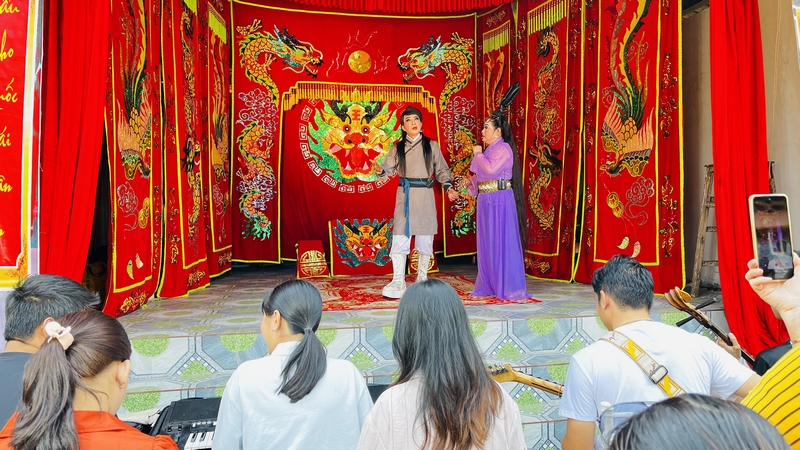




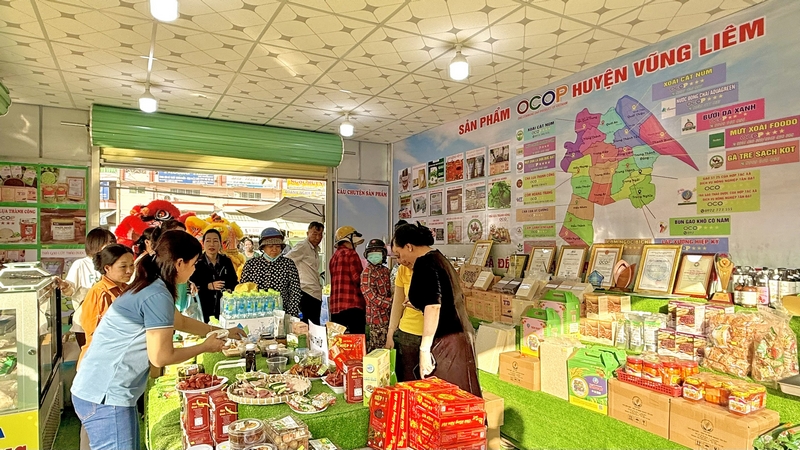
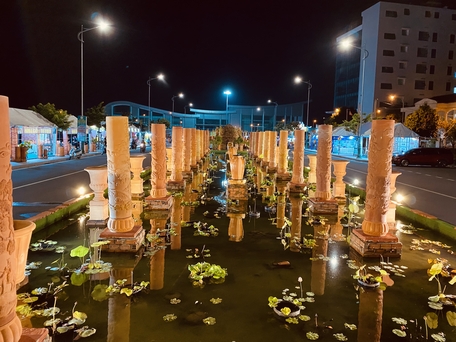
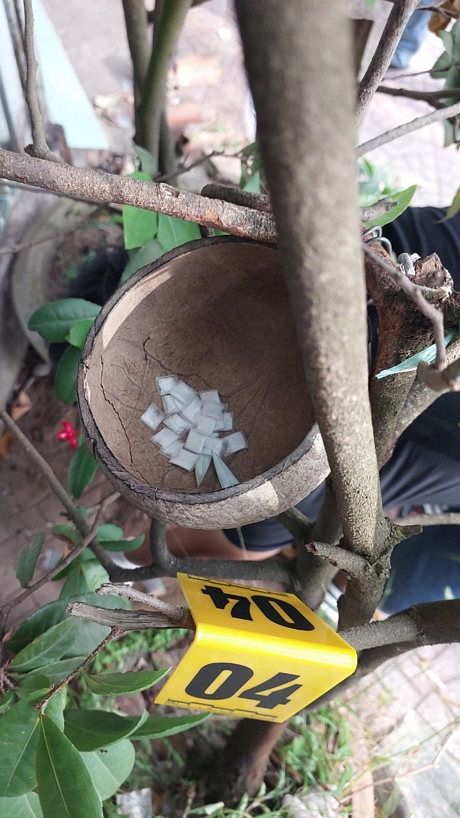

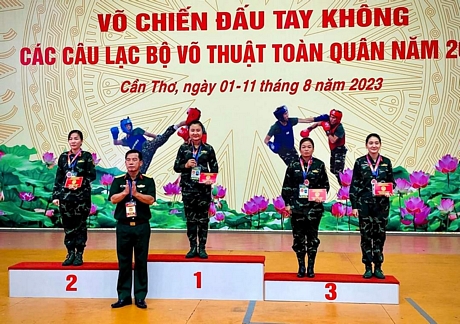
















Comment (0)